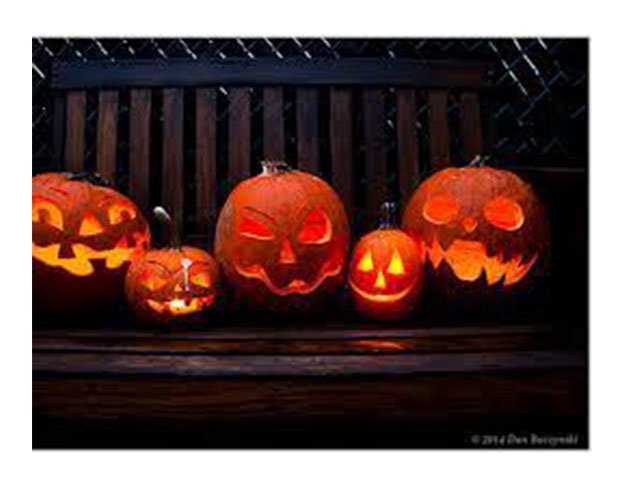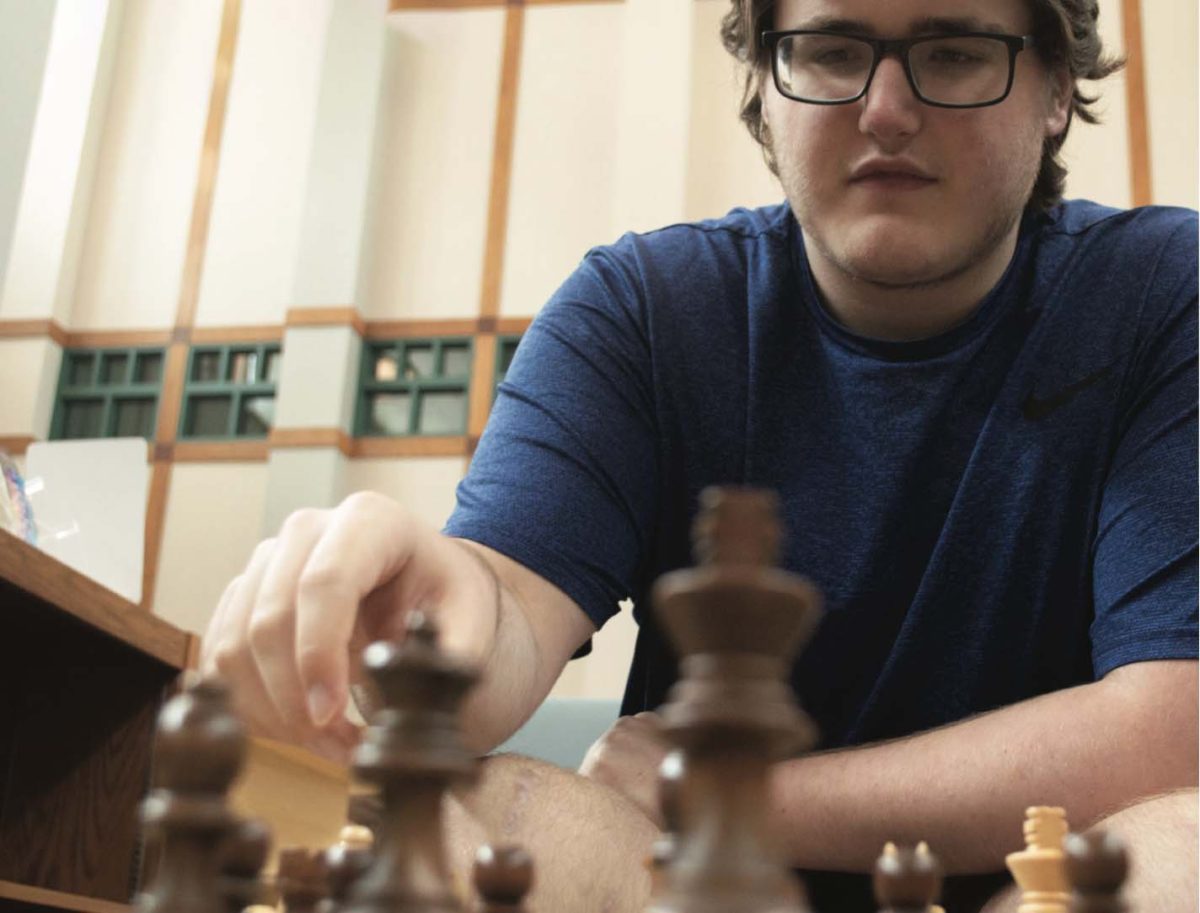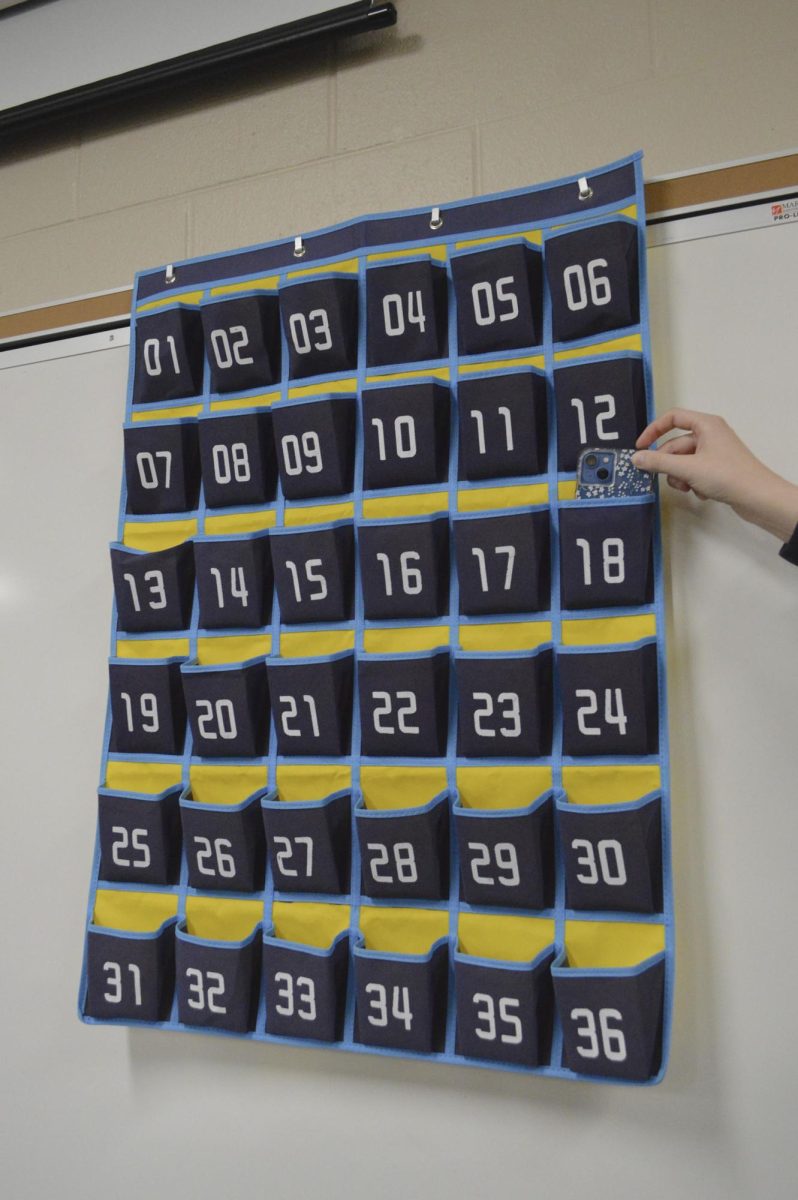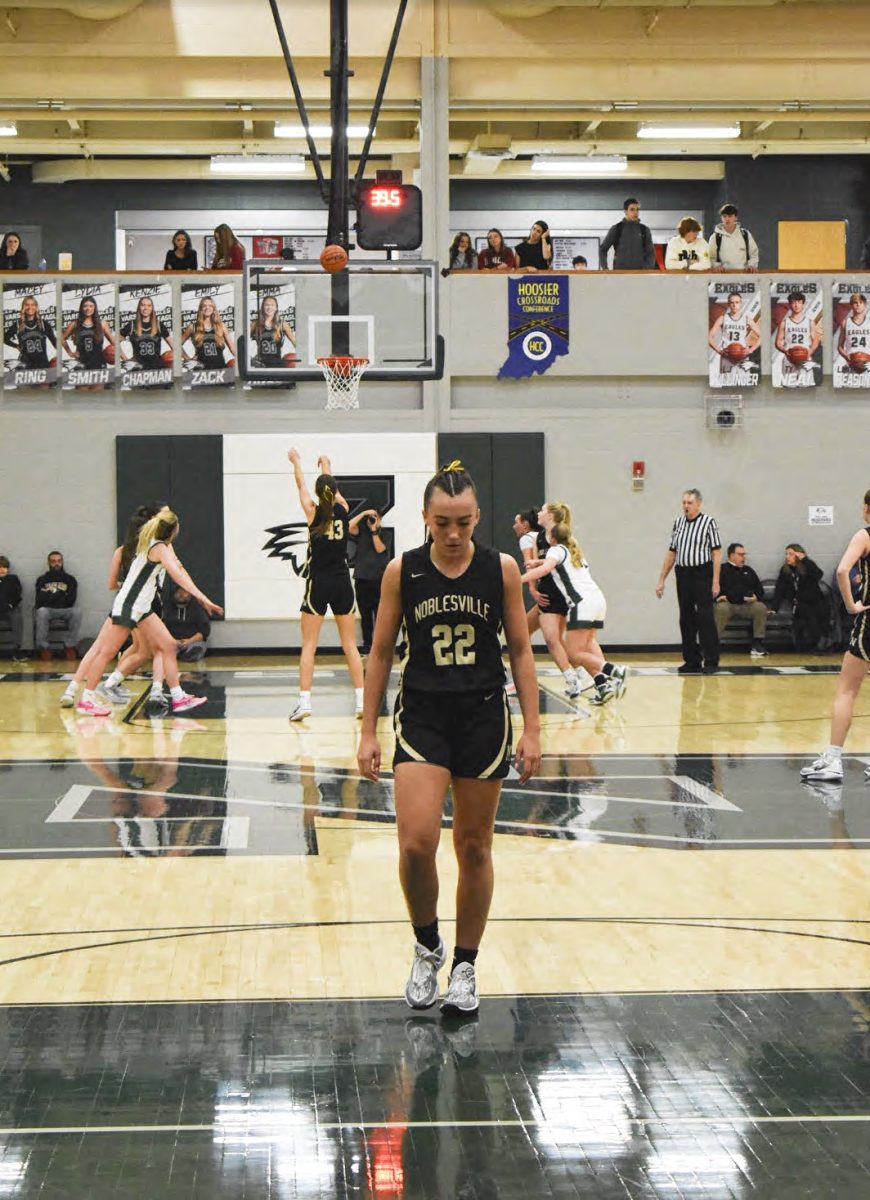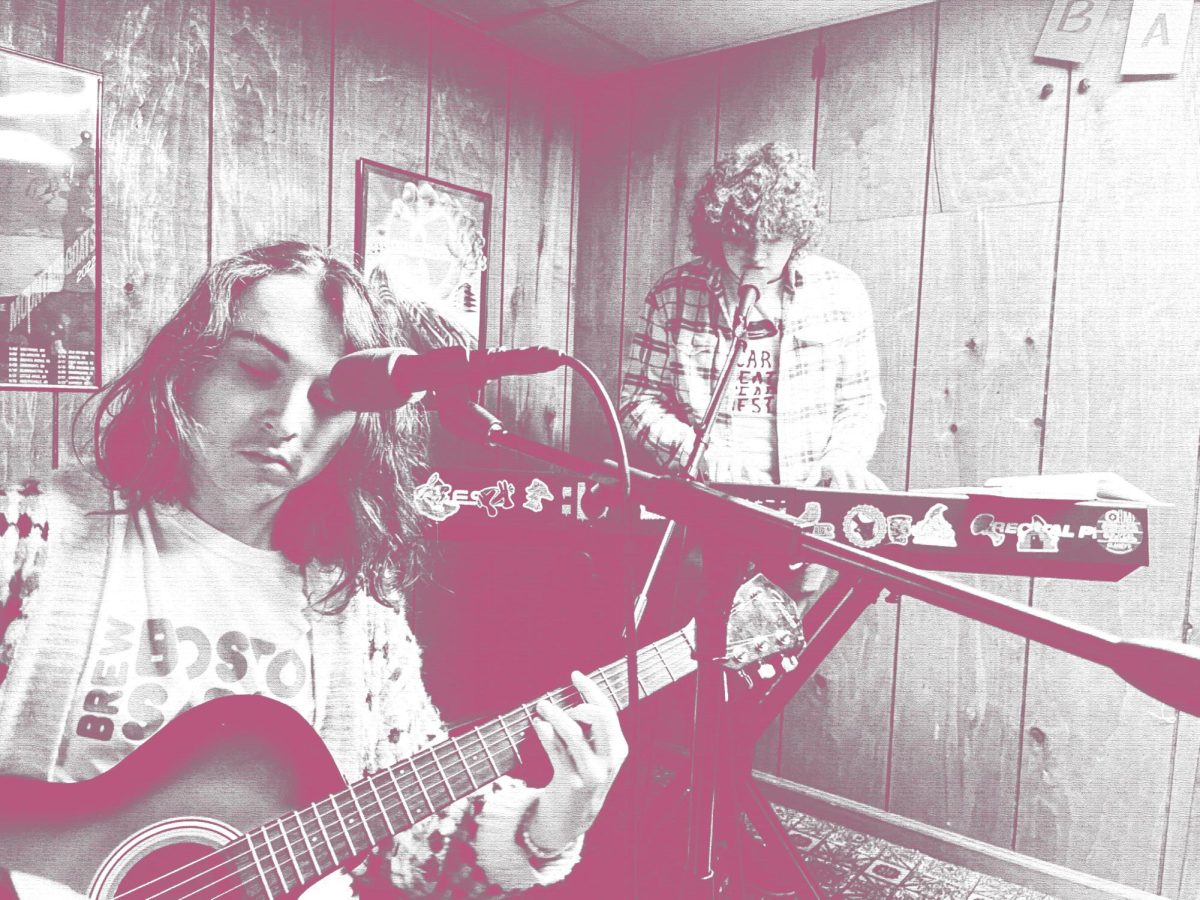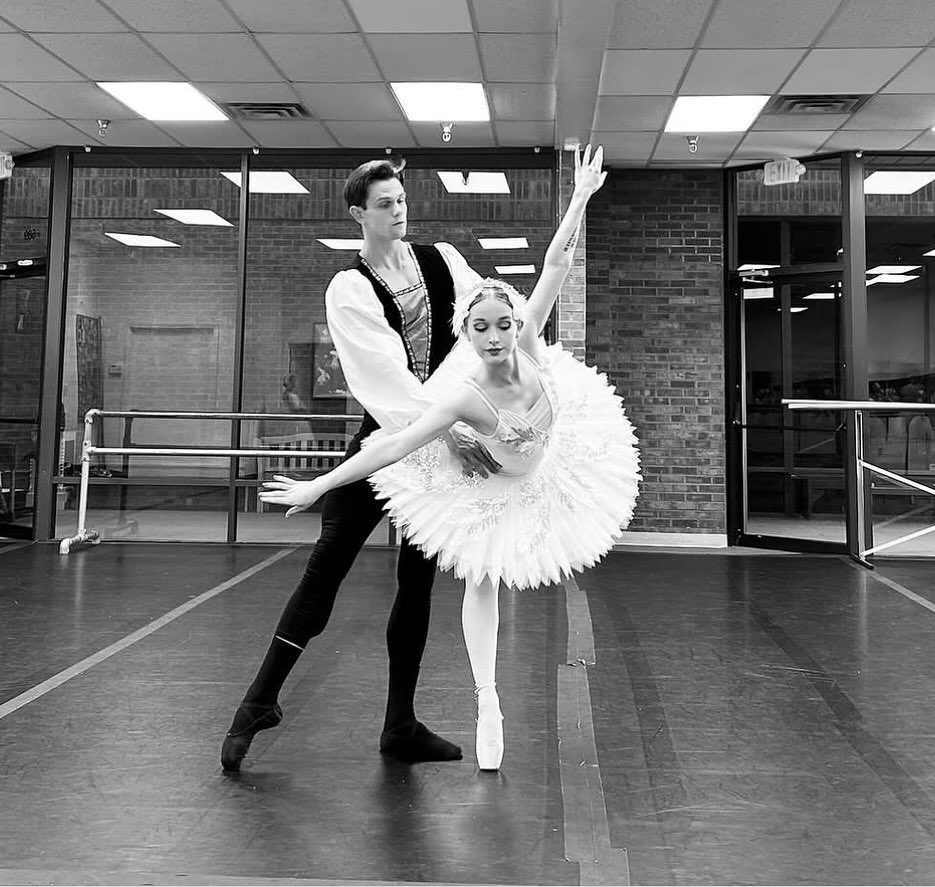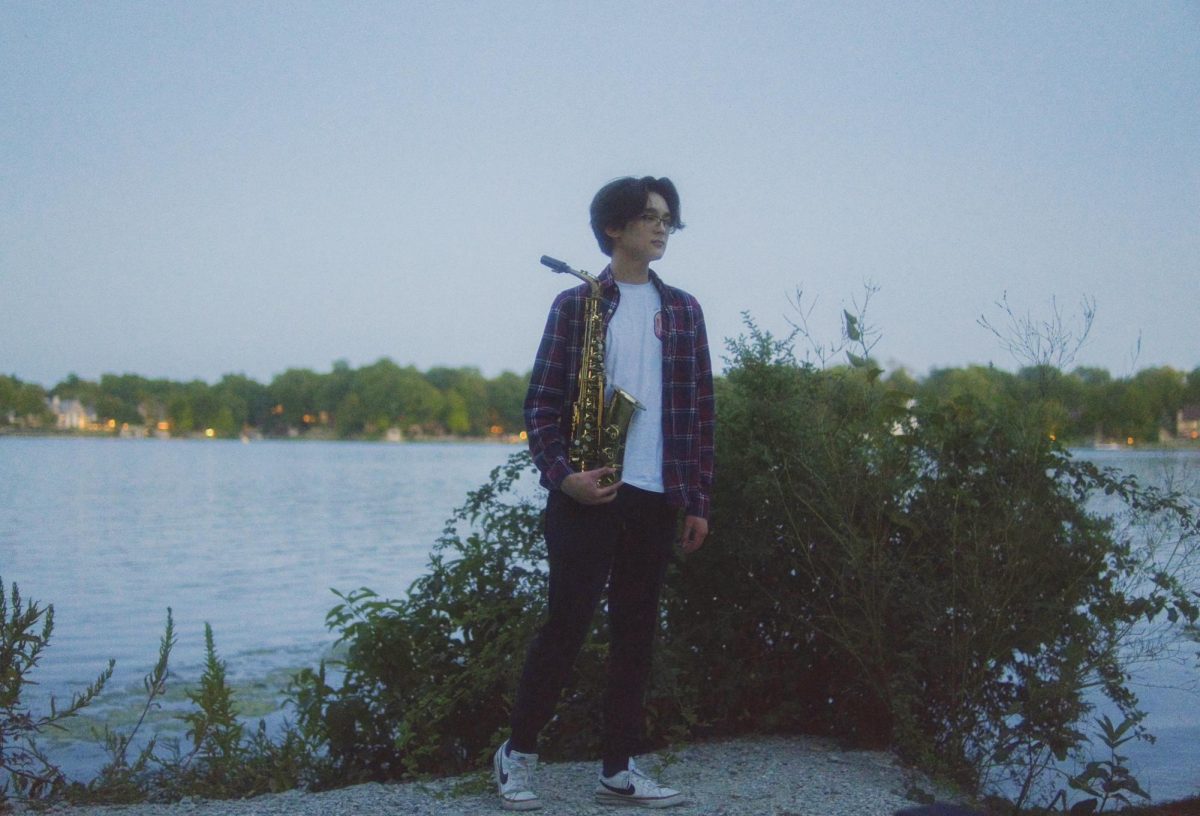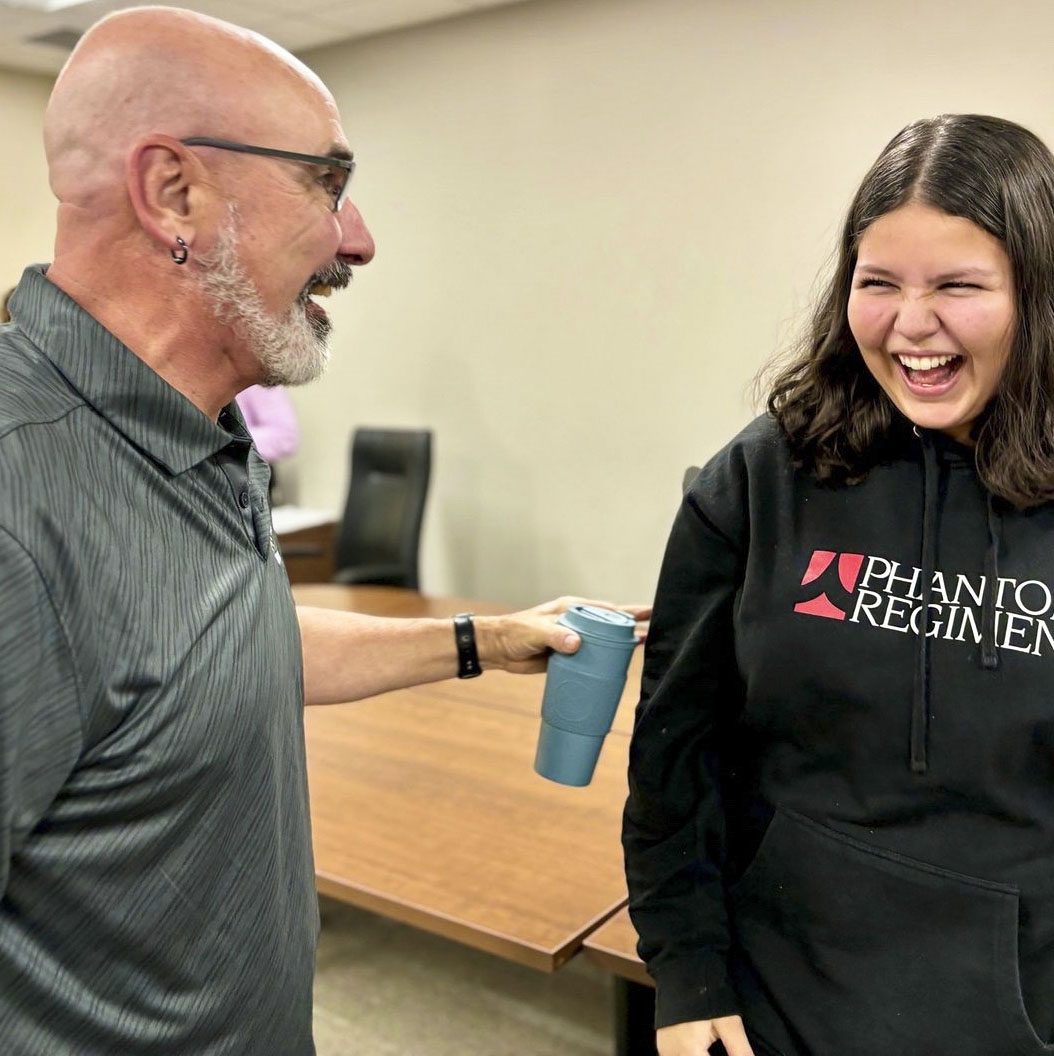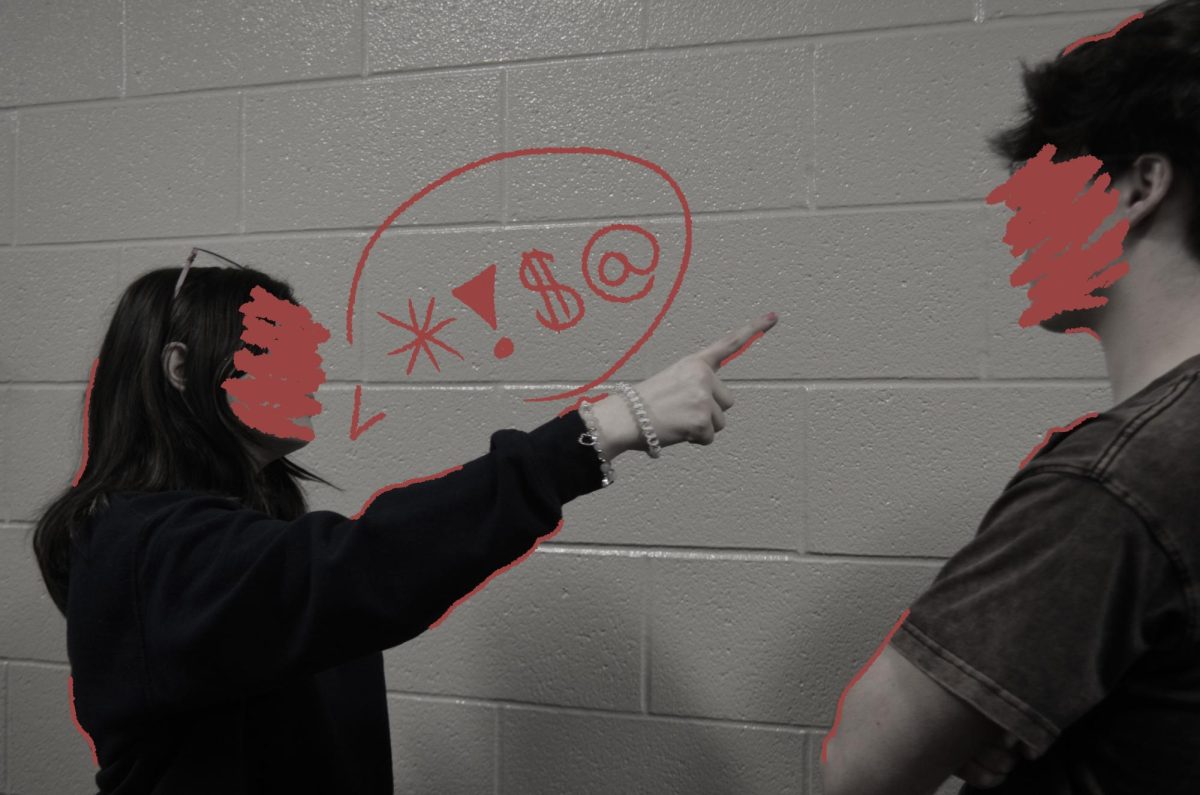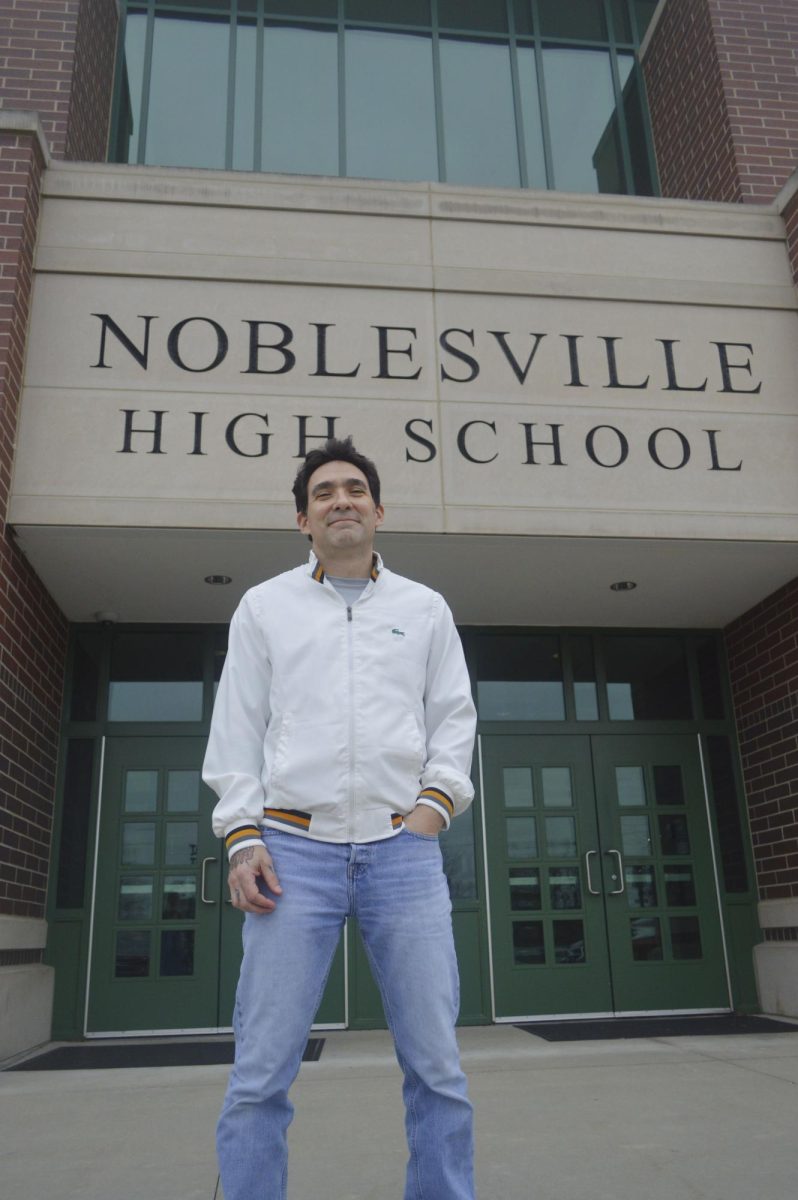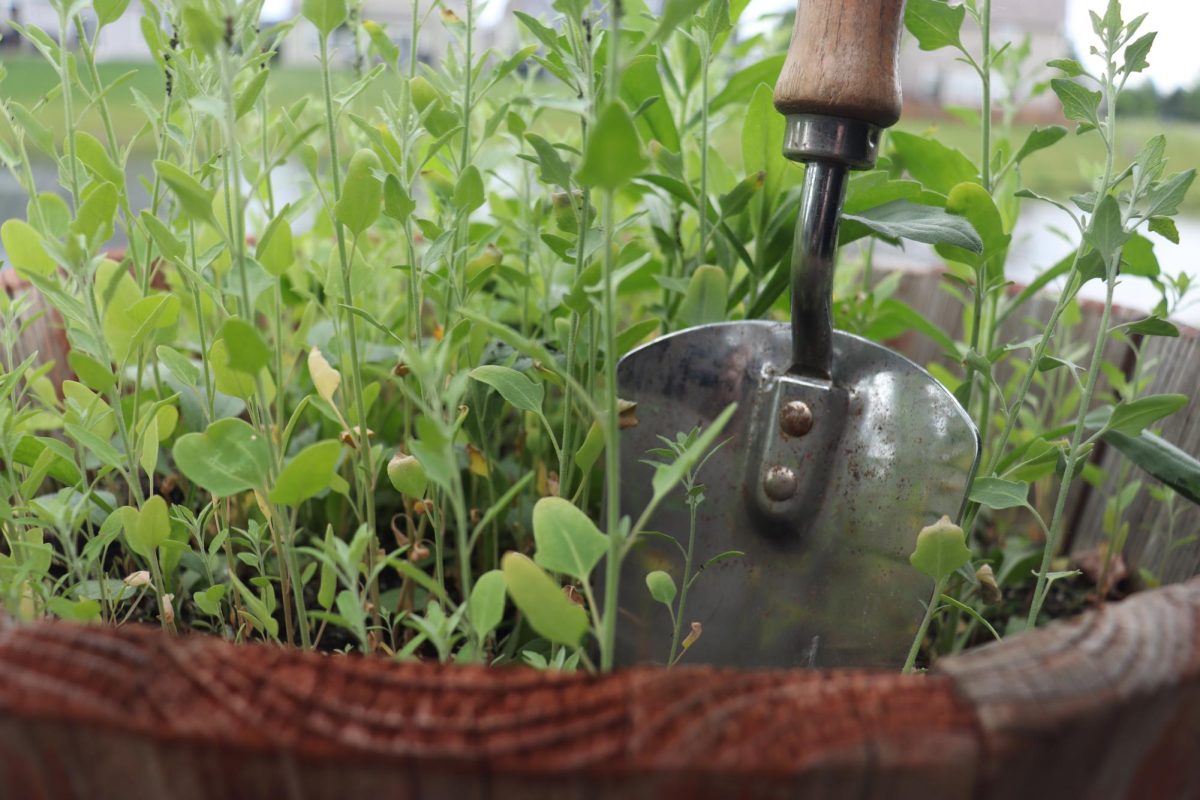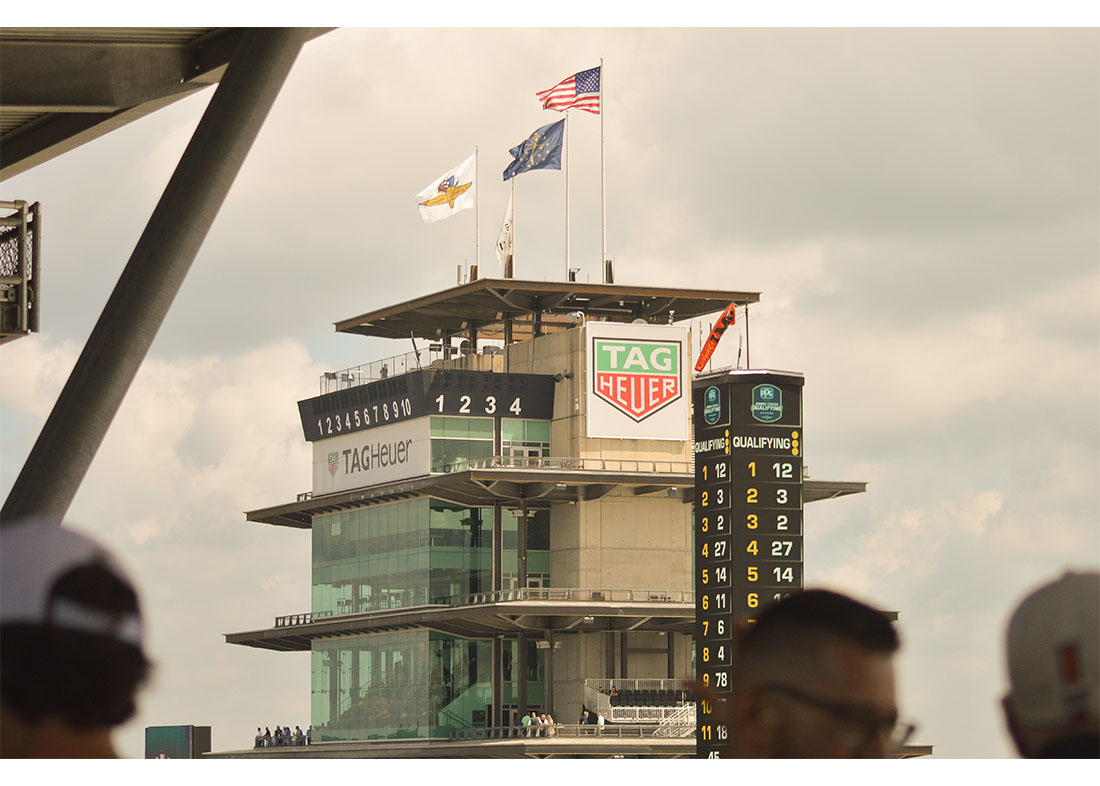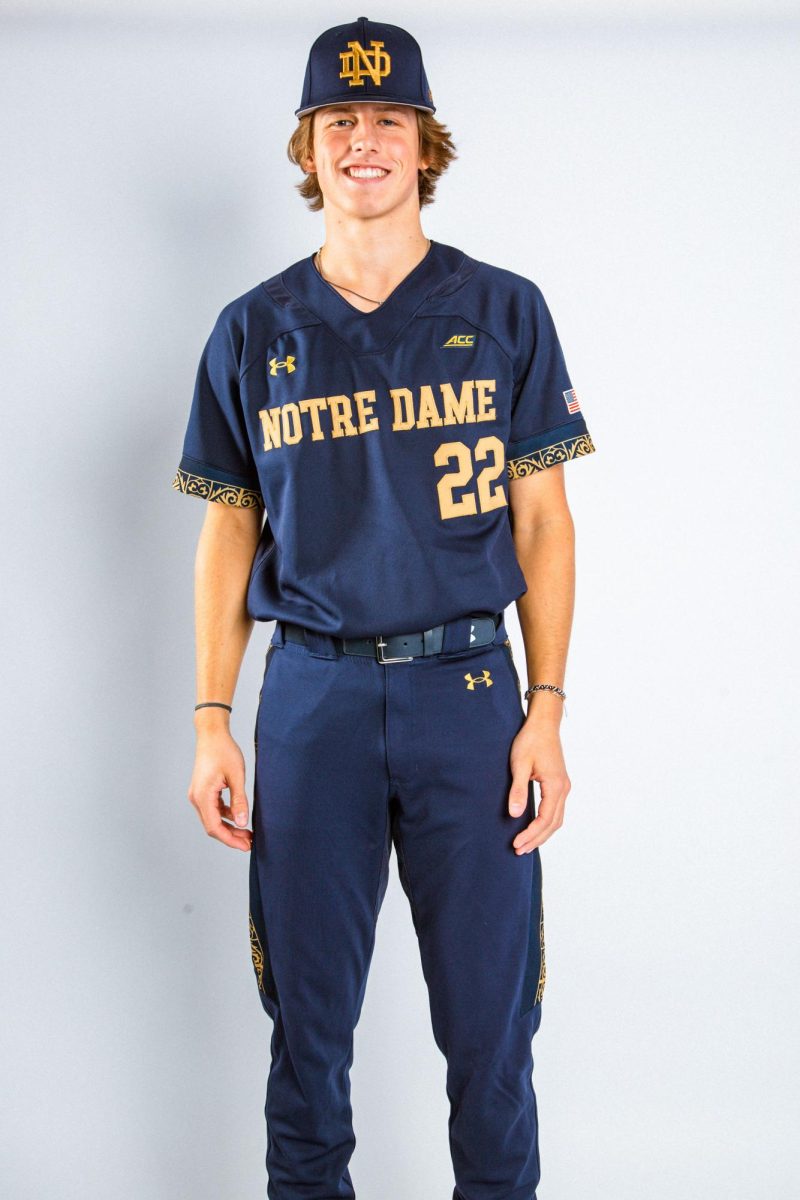Lights slowly flicker as you creep towards a door with cobwebs hanging above. Suddenly, a masked figure jumps in front of you. As you begin to back away, the figure takes off its head, no, its mask. It reveals itself as a man, holding a bucket of candy, inviting you to take a piece.
Images like these are what audiences now see as a Halloween staple holiday in America, that has not always been true. In fact, the holiday’s origins trace back to Ireland, about 2,000 years ago. In fact, Halloween was originally called Samhain, meaning summer’s end, officially marking the transition into winter. This was also celebrated as what is now known to be a New Year’s Eve festival, with New Year’s day following on Nov. 1. Along with the New Years festivals, Celtic Pagans, an ancient religious group based out of Europe, welcomed in the harvest on this day.
However, the spooky connotations surrounding the day have always existed. On the night of Samhain, legend said that a portal would open between the natural and supernatural worlds. In order to ward off evil spirits, disguises were worn and bonfires were lit.
Even today traces of Samhain in our traditions. For example, Jack O’Lanterns were inspired by the celebration of Samhain, though turnips were the main item being carved since pumpkins had not been grown in Ireland when this festival originated. According to an Irish legend, a man named “Stingy Jack” pulled tricks year after year. Once he died, his soul would not be claimed, and he was given burning coal to light his way to the underworld. He placed it in a carved turnip. To ward off this spirit, Celtics would make their own lanterns.
Later on, other religions incorporated an event to honor the dead into their religious calendar. The days were named “All Hallows” and “All Hallows Eve,” explaining the origin of the name “Halloween.”
The introduction of Halloween to America can be explained by Irish immigration, largely due to the Irish Potato Famine in the 1840s. As a large population of Irish came to America, their traditions followed suit.
One such tradition the Irish brought with them was passing out treats to honor the dead. Some neighborhoods continued this practice, and children wore paper costumes, due to the easy accessibility of paper compared to fabrics.
The community event was stopped when World War II broke out, and rations were placed on sugar, so candy became too rare to pass out. Once the war ended, and sugar rations were eliminated, companies took this opportunity to push the purchasing of sugar, candy, and other sweets. Soon after, trick-or-treating was resumed and expanded across the country.
Today, the practice of going door to door has become the most prominent aspect of Halloween. The United States Census Bureau estimates that over 41 million trick-or-treaters will take the streets to participate this year.
As disguises turned to costumes, turnips to pumpkins, and tricks to treats, Samhain too turned into a worldwide celebration. What was once a day to honor loved ones has become a day to stock up on sweet treats, binge scary movies, and dress up as loved characters and celebrities.


